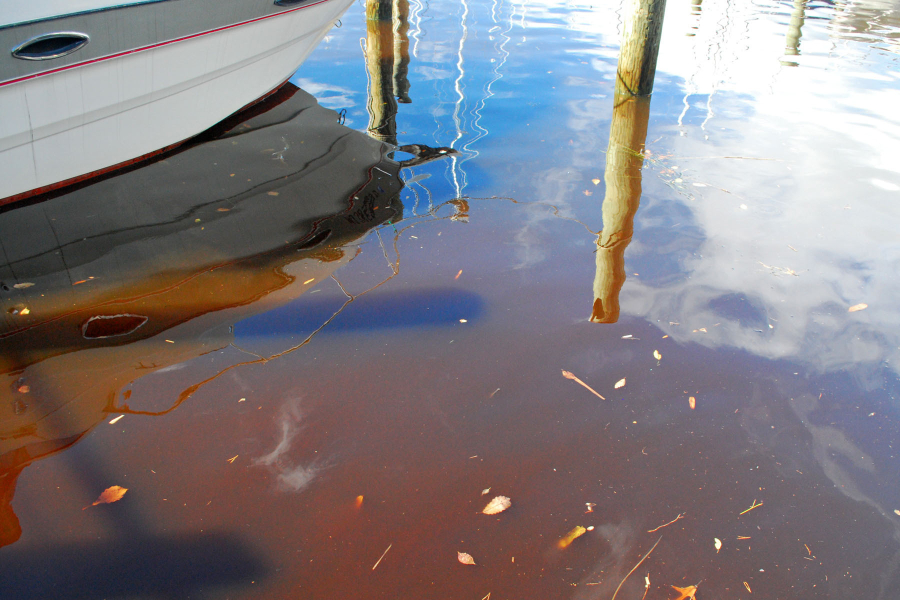Scientists predict smaller than average dead zone for Chesapeake Bay
Low spring nutrient loads should lead to improved water quality this summer.

Scientists expect the Chesapeake Bay to see a smaller than average dead zone this summer, according to a news release from the National Oceanic and Atmospheric Administration (NOAA).
Dead zones, or areas of little to no dissolved oxygen, form when nutrient-fueled algae blooms die. As bacteria help these blooms decompose, they suck up oxygen from the surrounding waters. The resulting hypoxic or anoxic conditions can suffocate marine life.
The Chesapeake Bay Program tracks dissolved oxygen as an indicator of water quality and Bay health.
The latest NOAA-funded forecast from researchers at the University of Maryland Center for Environmental Science (UMCES) and the University of Michigan predicts an average summer hypoxic zone of 1.108 cubic miles, lower than last year’s mid-summer hypoxic zone of 1.45 cubic miles.
This predicted improvement should result from the lower than average nutrient loads that entered the Bay this spring. According to the U.S. Geological Survey (USGS), 36,600 metric tons of nutrients entered the estuary from the Potomac and Susquehanna rivers, which is 30 percent lower than average.
The Bay’s dead zones are measured at regular intervals each year by the Maryland Department of Natural Resources (DNR) and the Virginia Department of Environmental Quality. While the final dead zone measurement will not take place until October, DNR biologists measured better than average dissolved oxygen on its June monitoring cruise, confirming the dead zone forecast.
Learn how biologists monitor water quality or read more about the dead zone forecast for the Chesapeake Bay.

Comments
There are no comments.
Thank you!
Your comment has been received. Before it can be published, the comment will be reviewed by our team to ensure it adheres with our rules of engagement.
Back to recent stories